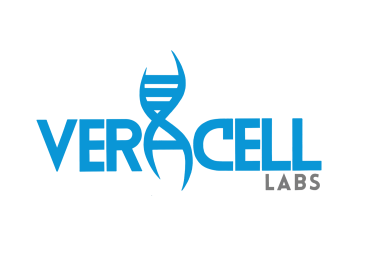Wastewater Epidemiology
Unlocking Public Health Insights: The Transformative Power of Wastewater Analytics
Wastewater holds a wealth of anonymous health data—from viral particles to traces of any number of analytes—making it a unique, non-intrusive way to track what's happening across entire populations. Wastewater analytics and wastewater-based epidemiology (WBE) have become an indispensable tool.
The COVID-19 pandemic propelled WBE into the global spotlight. Researchers quickly learned that fragments of the SARS-CoV-2 virus could be detected in wastewater days before clinical cases were reported. This early warning system helped cities and countries anticipate outbreaks, allocate medical resources more efficiently, and guide public health policies—even when conventional testing was unavailable or inconsistent. WBE became a silent sentinel, enabling real-time, population-scale surveillance while protecting individual privacy.
Since then, WBE has evolved far beyond pandemic response. Today, it's being used to monitor seasonal flu, RSV, drug use patterns, antimicrobial resistance, and many other applications. By providing a continuous, unbiased snapshot of population health, WBE is helping communities shift toward smarter, more preventive healthcare—starting from what flows beneath our feet
Public Health
We provide comprehensive sample collection, molecular testing and data reporting to detect pathogens like SARS-CoV-2, influenza, and RSV, as well as chemical analysis to monitor trends in opioid use and other illicit substances. With customizable dashboards, rapid turnaround times, and expert interpretation, we empower local health officials with actionable data to guide interventions, allocate resources, and enhance community health resilience—all through the lens of wastewater.
Secure Institutions: Combatting Illicit Drug Use
Within institutional settings such as correctional facilities or rehabilitation centers, wastewater analysis offers a discreet and objective method to monitor drug use at the population level. By testing for trace residues of substances like opioids, stimulants, cannabis, and synthetic drugs in sewage outflow, institutions can gain a real-time snapshot of usage trends—without relying on self-reports, individual testing, or intrusive measures. This approach enables administrators to detect emerging patterns, evaluate the impact of prevention or intervention programs, and allocate support resources more strategically. Wastewater surveillance can be conducted regularly and anonymously, making it a powerful tool for safeguarding the health and safety of the people in your care.
